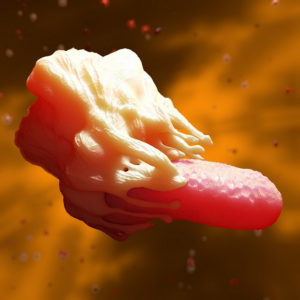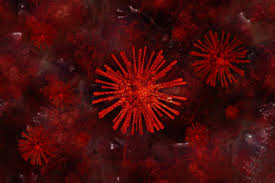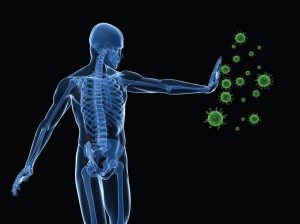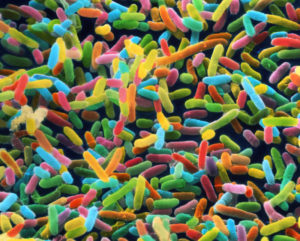To create an individualized cancer vaccine, researchers must identify cancer-specific peptides called neoantigens, then use a cell-, protein-, or nucleic acid–based platform to deliver those neoantigens to patients to prime the immune system to attack the tumor. Antigen-presenting cells such as dendritic cells (purple) internalize the cancer-specific peptides (bright green) selected for a personalized cancer vaccine and display them on their surface with the help of major histocompatibility complex (MHC) proteins. This triggers T cells (blue) with receptors that bind those neoantigens to differentiate into effector, or killer, T cells (green) that mobilize an immune reaction against cancer cells (orange).







